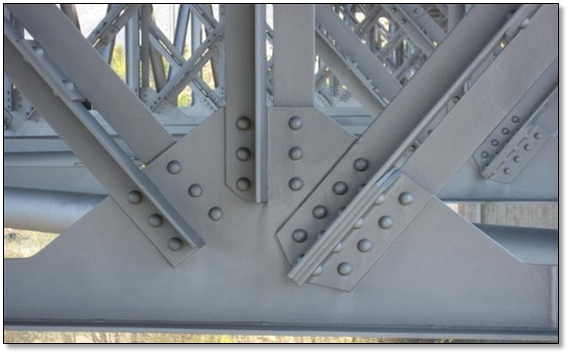Protecting Steel Bridges
The Norwegian Public Roads Administration (NPRA) has been using zinc thermal spray with a paint topcoat (duplex coating) for corrosion protection of steel bridges since the 1960s. They consider this coating strategy to be a major success and have examples of bridges that have been exposed for 40 years without any maintenance. According to NPRA, “the optimum time for maintenance of duplex coatings is when the topcoat is degraded, before the zinc coating starts to corrode. This will give the lowest life cycle costs.” This first maintenance operation is typically performed after about 35 years, which is much longer than the lifetime of a 3 layer paint system due to the synergistic factor of a duplex coating which increases the lifetime of the duplex coating significantly.
1. Federal Highway Administration’s Report FHWA-RD-96-058 “Environmentally Acceptable Materials for the Corrosion Protection of Steel Bridges” January 1997.

When the Forth Road Bridge was opened in 1964, it was the longest single span bridge outside the United States. The road bridge, not to be confused by its neighbor, the Forth Rail Bridge, is 2.5km in length, including the approach viaducts. Metallisation was chosen to metal spray the steel structure, which makes up the bridge, to protect it from corrosion. The contract to protect the bridge was split between Metallisation and Merseyside Metal Sprayers Ltd. The latter company was commissioned to treat the 1200 balustrades and vehicle grillage panels.
The project took around two years to complete.
This case study provided courtesy of Metallisation.

